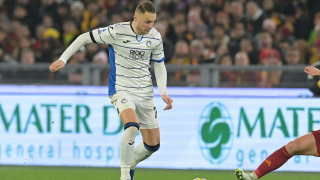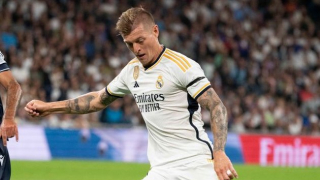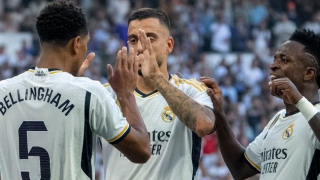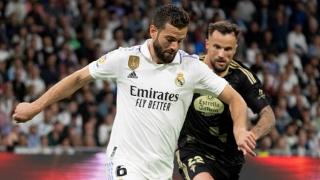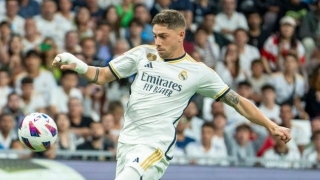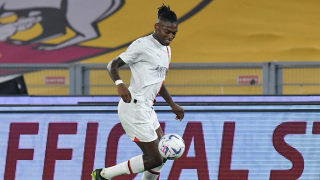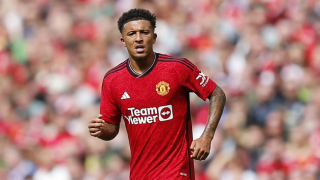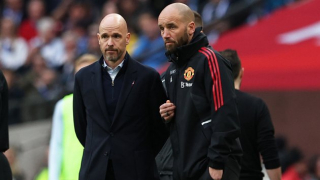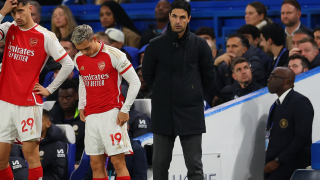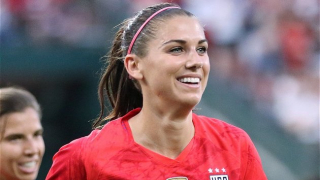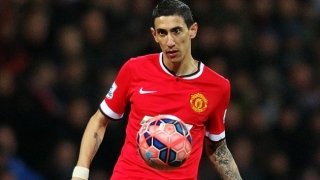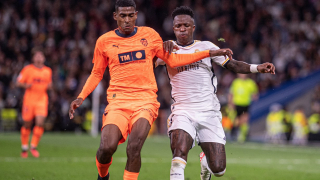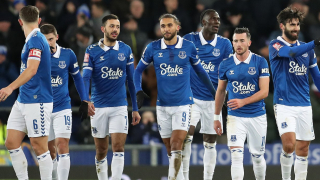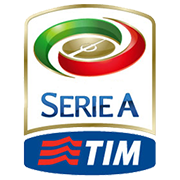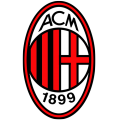Soccer, Football, Fuchiball, Balon Pie are some ways of calling the beautiful game. Today we are focusing in South American Soccer and specifically about the Argentinean First Division League.
South American soccer is known for it's richness in players who play soccer with tactic. Not just strength. Each country has its own characteristic style and for so their different leagues too. We have the Brazilian Jogo Bonito, the Argentinean tactical and strategic moves, we have the Uruguayan strength and tactics, the Peruvian good feet, the Chilean logic, the Ecuadorian, Colombian and Venezuelan fast and strong players.
One main asset in the South American world of soccer are the fans, the crowd, la torcida, la barra brava, la hinchada. Those brave spectators that follow their team every Sunday to their home stadiums or to the visitor club. Those who shout, sing, express themselves with corporal energy and live the game from the outside as if they where the main actors of this magnificent game and show.
The Argentine first division league consists in two short tournaments per year; The Apertura and The Clausura. The league is composed by 20 teams that fight every Sunday to reach that first and precious position at the end of each tournament. The Clausura Tournament is played from February to the end of June and the Apertura begins after a short break by August and is finished by the 15 of December.
The reward for finishing in the top position of the local tournaments is to qualify the team to the Continental Tournaments; Copa Libertadores de America or the Copa Nissan Sudamericana. The winning team of the Clausura together with the winning team of the Apertura will qualify for the Copa Libertadores along with other two teams that will be selected by an average of obtained points in the past three local championships.
The Copa Nissan Sudamericana qualification system includes: direct invitation, the case of River Plate and Boca Juniors from Argentina; a performance analysis over the first semester of the year; best teams from previous season that did not qualify for the Copa Libertadores (similar to UEFA Cup entries) or a qualifying tournament for some other leagues.
The other Continental cup disputed in South America is the Recopa Tournament that is played by the winner of the Copa Libertadores against the winning team of the Copa Nissan Sudamericana. Last but not least, we find the Intercontinental Cup. This trophy is disputed between the winning team of the Libertadores Cup and the winning team of the Champions League Trophy usually played in Japan.
In Argentina we have what we call the Big 5 teams. These exclusive members of this Big 5 club would be; Boca Juniors, River Plate, Racing Club, Independiente and San Lorenzo. Historically the most winning team of local championships is River Plate with 34, that stands and holds that flag on the shadow of Boca Junior's great international performance in continental competition. Not only is the team with more international tittles in Argentina but also in the World with 17 tittles second only to AC Milan.
While South American soccer may seem slower than the European one, it's is only a matter of how you see the game. In Europe the individual technique of the player moves around the idea of forcing the player to pass the ball always to his team mate's foot and at great speed. This is why European soccer seems so agile and played at a fast pace. In South America and more precisely Argentina, the individual technique of the player is based on passing the ball from one line of attack to the other but not rushed to reach the other goal. Spinning around, making fantasy moves with your legs and improvisation is welcomed while searching for the gaps in the rival's defence and if you can throw a tunnel pass even better!
This schooling in early tactical formation of the players since their beginning is what makes South American players so attractive to the foreign leagues.
Players to follow this semester in Argentina that may surprise you; Juan Roman Riquelme, Beluschi, Lucas Castroman, Rodrigo Palacio and Montenegro.
If you like soccer, if you are driven by this major game that in some cultures is not just a game but a part of their cultural, social and in some ways political life you cannot miss Argentinean and South Amercian soccer. Stay tuned to your TV. Watch your soccer. Follow your passion!
| In partnership with: |  |

